Over the years, gaming headsets have evolved and changed wildly. Initially, decent sound, wireless functionality that worked and a microphone was the gold standard, leading to countless advancements. Typically these headsets depend on which features matter most to you, be it wireless, Waves Nx or cat ears. One category that has a lot of room to grow is premium wireless. Following the success of Mobius, Audeze created Penrose in hopes of bringing the same superior sound to the world of wireless. Given their history, they absolutely have the ability to make a fantastic product, but at $300, do they have what it takes to beat Astro Gaming’s A50 or SteelSeries Arctis Pro Wireless?
One thing I love about Audeze is the amount of thought that goes into something small like the packaging. They want every part to feel premium and Penrose is no exception.
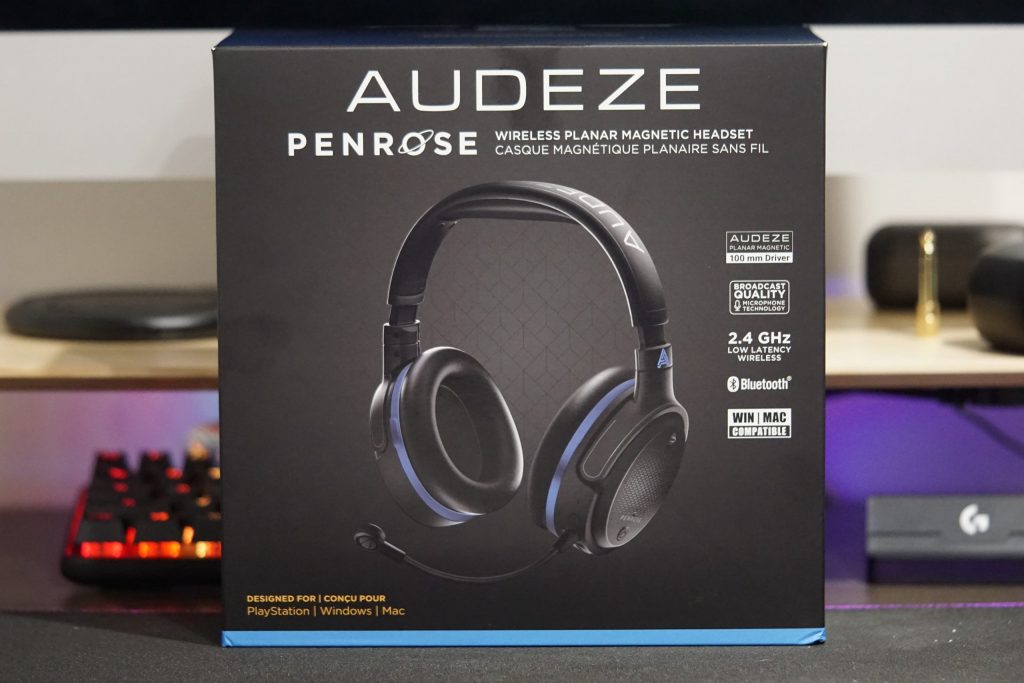
At first glance, it’s a very understated design with a lot of information tossed on the box. At multiple spots, Audeze highlights the “broadcast quality” microphone, 100mm planar magnetic drivers, wireless functionality, along helpful guides like compatibility. After removing the outer box, there is a handy chart showing all the key functions Penrose has to offer. As someone who has spent a lot of time answering hard-hitting questions, like solving the case of the missing HyperX Cloud II accessories (they were in the bag), I genuinely appreciate a product that presents this information briefly, simply, and in a place that is impossible to miss. Under the guide is Penrose surrounded by protective foam, accessories, including a USB-C to USB-A and USB-C cable, plus quick reference.
After removing Penrose from its protective foam, a couple of things instantly stand out. Despite being a largely plastic headset, Audeze did a good job of making it feel like a nice quality product. Both the headband and ear cups have a soft texture that feels smooth to the touch. Along with that, the headband and ear pads feature cushiony memory foam soft to the touch leather. Around the ear pads is a blue plastic base that has more of a plastic feel and a glossy look, with a bit of glitter mixed in. Finally, anyone familiar with Mobius will instantly recognize Penrose using the same arrangement of everything on the left side. Naturally, this can lead to the same issues increasing the wrong volume, though it is an easily corrected issue.
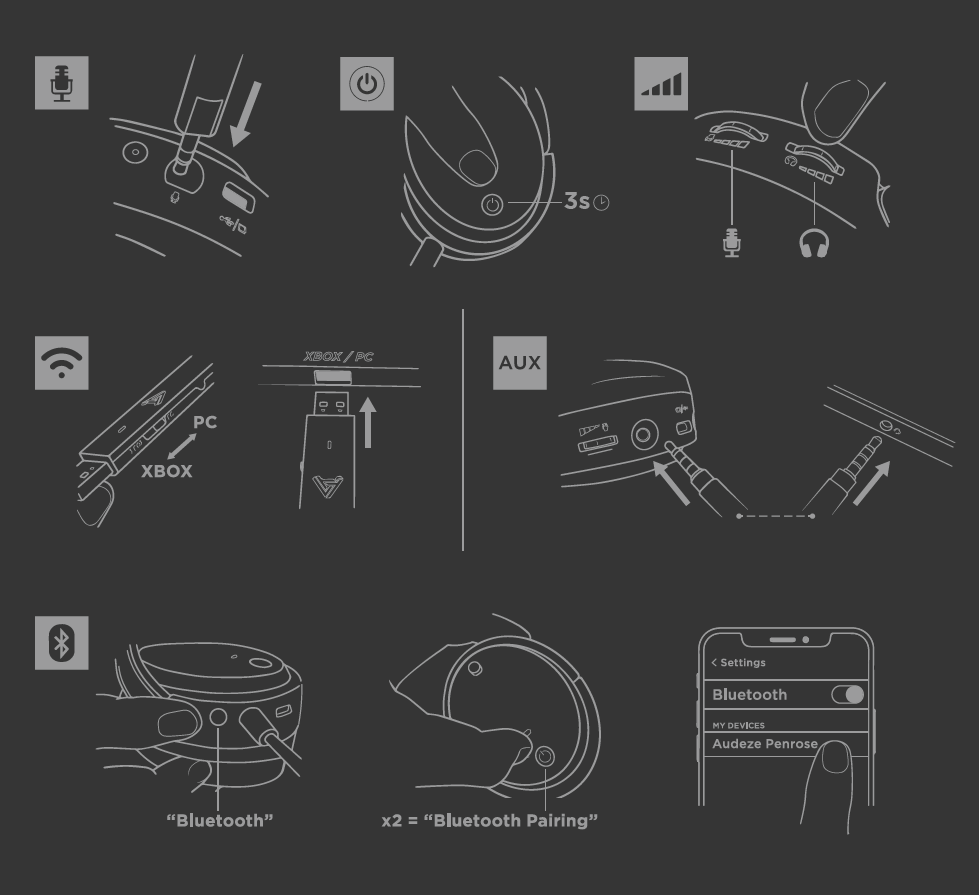
By simply connecting the wifi dongle to my PS5, I was good to go and rather surprised by the sound. I started by trying out Destiny 2. Following the PlayStation 5 version releasing I’ve been getting into it again and was entirely too familiar with the sounds of Taniks and the cries of those who were not blessed with Eyes of Tomorrow with my A50.
Like a lot of nicer headphones, the difference wasn’t drastic in the grand scheme, but the impact is entirely different. A lot of the smaller tones, so the whisking sound of the metallic shields blocking Taniks stood out, cries, movement, and actions stand out in a way to call attention to them but not distract from the actual sounds of battle. Even landing after a jump had a noticeably more impactful sound.
When comparing the two with Outriders, the world seems more alive with Penrose. The ding sound of freshly dropped loot or enemies rushing to kill me was really brought out by the drivers. Even less atmospheric experiences, such as UnderMine or Curse of the Dead Gods, resulted in the same experience.
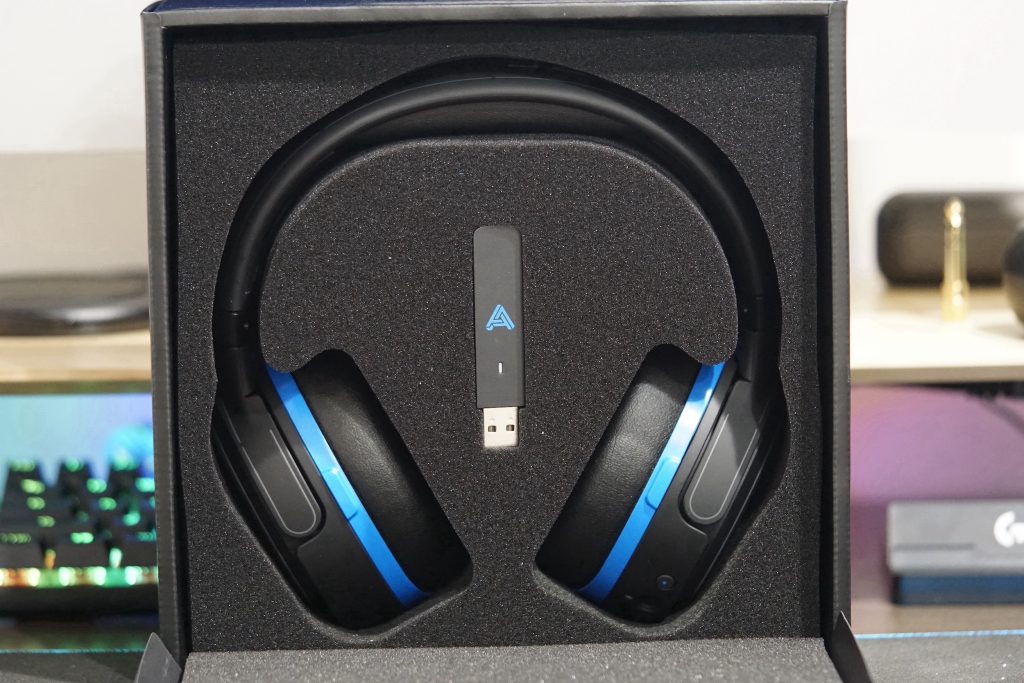
Where the A50 did an okay job on the main elements, it lost a lot of the finer details that bring these digital worlds to another level. This is why sound is considered the emotional aspect of the experience. The rumbling of a stone statue getting ready to strike or the sound of an arrow trap being set off brings the situation to life.
This is arguably one of Penrose’s greatest strengths. These are headphones I could easily wear out in the world and get a great musical experience. With Bluetooth and 3.5 mm connections, this is super easy and makes it extremely easy to view them as a more versatile pair than a number of headsets out there. However, this versatility comes at a price.
A good number of smaller, but extremely helpful, features are not present on Penrose. These include going into standby when the headset is removed (they can be set to turn off after a set amount of time with no sound), charging dock, readout of what the headset is doing on an external device and things like this. Penrose also lacks Waves Nx, one of the best features on their previous Mobius, so if 3D surround sound is important, you’d still want to go with those instead.
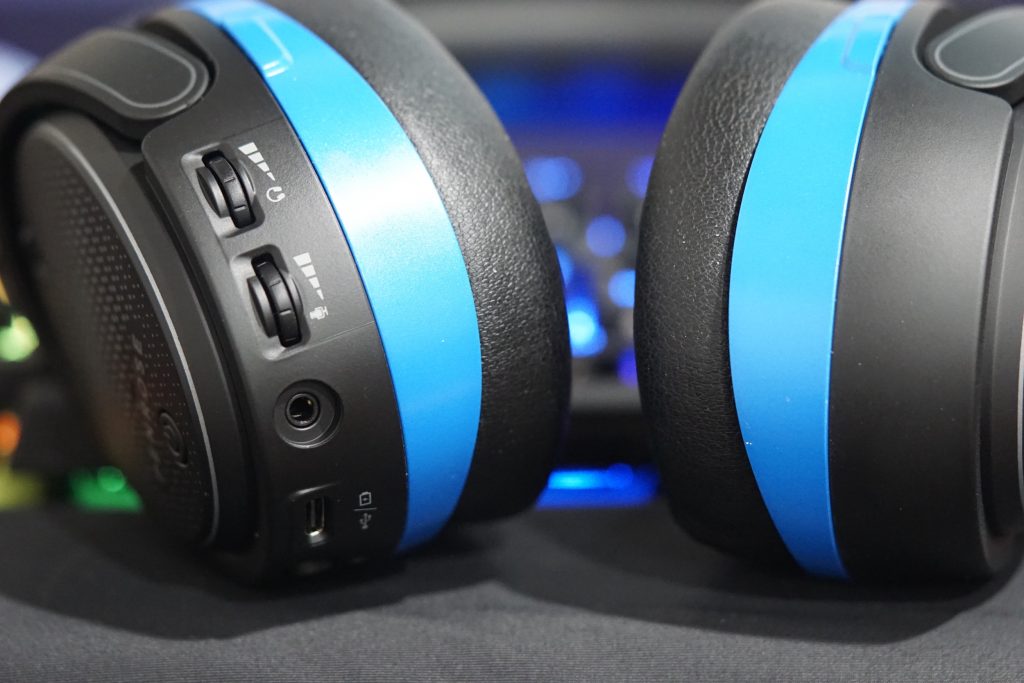
Interestingly enough, one surprising feature is how the dongle works and interacts with PlayStation 5. One of the biggest annoyances in using any headset is the system will instantly try to connect to it and if you want to select it, this needs to be done via settings. It isn’t difficult, just a hassle. The same is true if there is a dedicated headset for a specific user since my PlayStation 5 will always connect to my A50 and I’ll often need to swap it to my speaker system.
Instead of doing this, Penrose only seems to be active when the headset is on. If this is confusing, I can plug my HyperX Cloud II wireless in and I’ll always have the option under sound for them. Penrose is only active when the headset itself is on and within the dongles area. The benefit is simple, they activate when I want them to and deactivate when the headset is off. This does, seemingly, present different struggles.
Another completely unique element to Penrose is how it connects and interacts with my setup. In the manual, Audeze suggests trying to maintain a clear line-of-sight with the dongle. In my experience, this is absolutely true, though any other setup gets dodgy. For example, while it is not advised, I tried to connect Penrose via a USB hub behind my television and it would disconnect every couple of minutes. I actually had more success connecting it to an RGB headset connected to the hub that was connected to my system, though there was clear interference. When connected as Audeze recommends, it works flawlessly. This isn’t a criticism of Penrose, just a note that those looking for a cleaner setup might be disappointed the front-facing USB is the best way to get consistent quality.
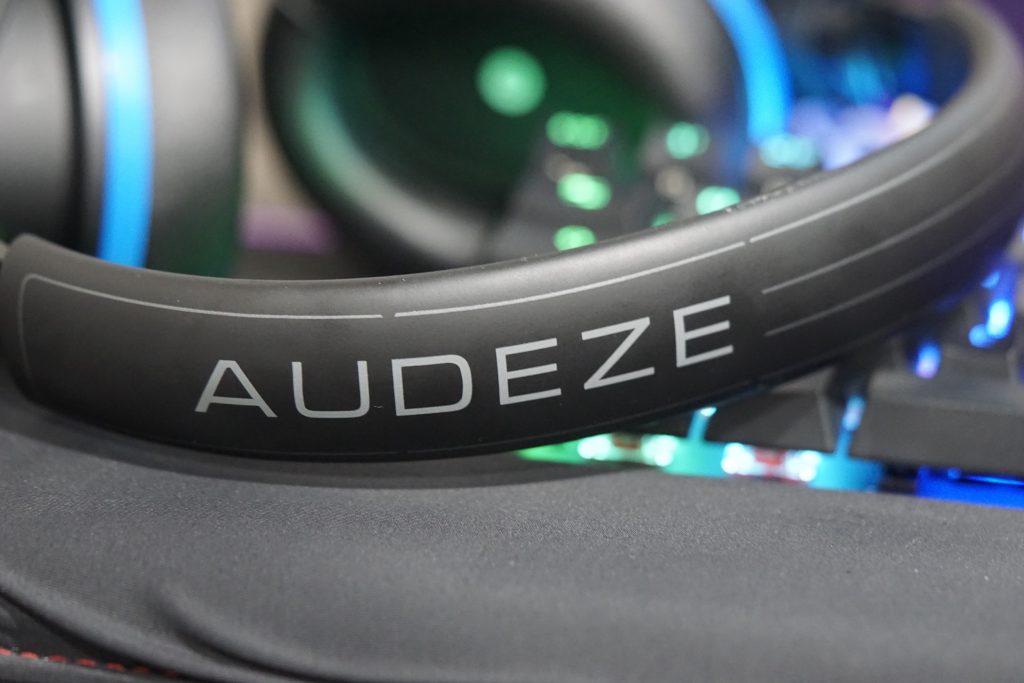
Line-of-sight also greatly impacts distances in a walled environment. Much to my surprise, I learned A50 has no issue connecting to the dock across a fairly sizable range and a number of walls. Often times I’ll talk to my significant other via PSN chat and love that I can go upstairs and let the dog out, prepare a meal or do something else. Penrose struggles the second I get upstairs or really attempt to do anything more than 20’ away from this room. I am sure a more open room will suffer from fewer issues, but it’s an unfortunate detail. Especially when it’s something I could not replicate on any of the other six headsets I tried. Dock, RGB headset stand, upstairs, they just worked. Thankfully, this shortcoming only came up with the dongle. Bluetooth had no issue working regardless of where in the house I went.
As for the microphone, it does a good job compared to headsets, though I wouldn’t suggest trying to build a channel with it. Something like HyperX’s QuadCast or possibly Movo’s UM700 would be better choices. But for standard use, like for a raid, difficult fight, or intense match, you’ll have no issue with it.
Audeze Penrose Review – Verdict
Penrose ultimately comes down to what is important to you. In terms of sound quality, they proved fantastic and lead to a much better overall experience. Even in games, I was very familiar with they left a positive impression and helped elevate the experience. Where they fall short is some of the smaller features or certain setups. Given this is what is important in a headset, I would say Audeze Penrose is one of the strongest wireless choices out there.
[Editor’s Note: Audeze Penrose was provided to us for review purposes.]

